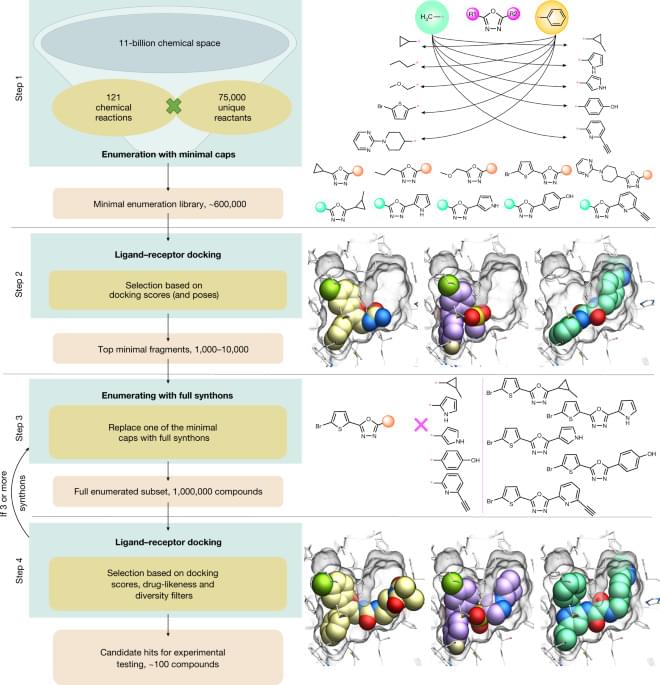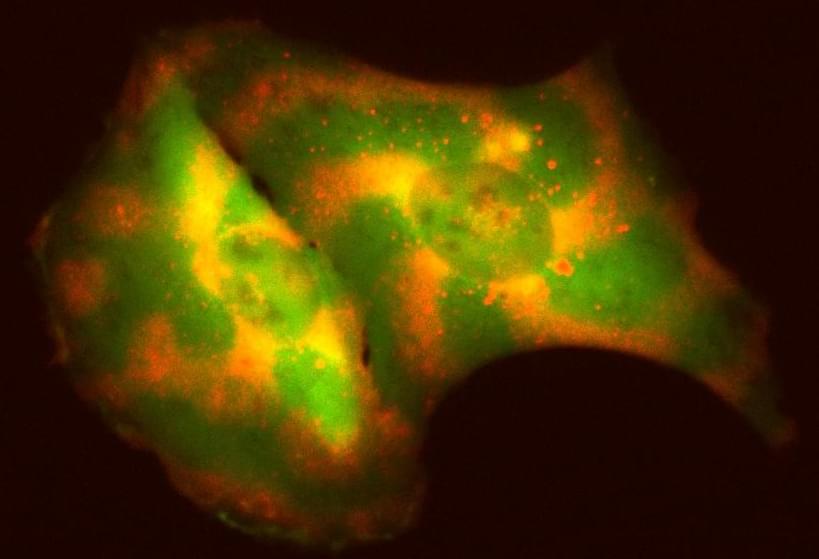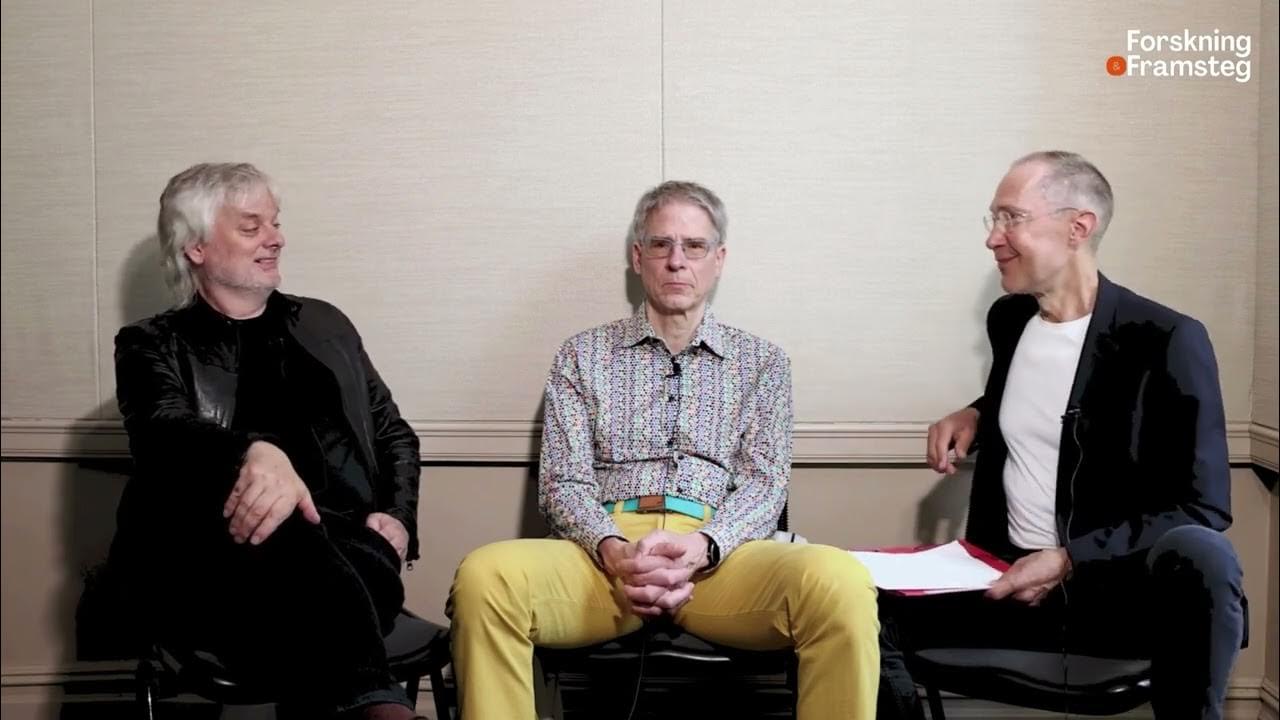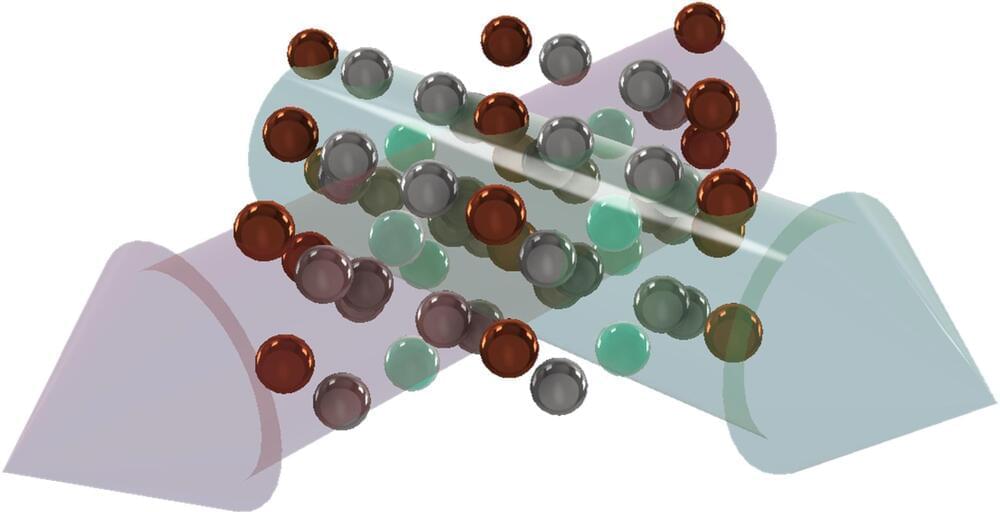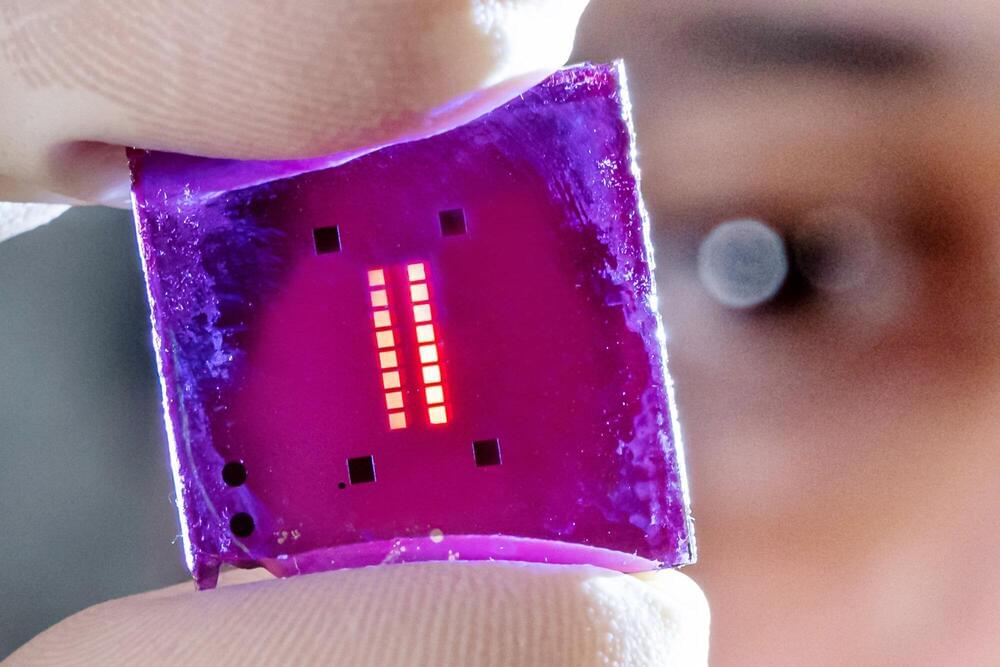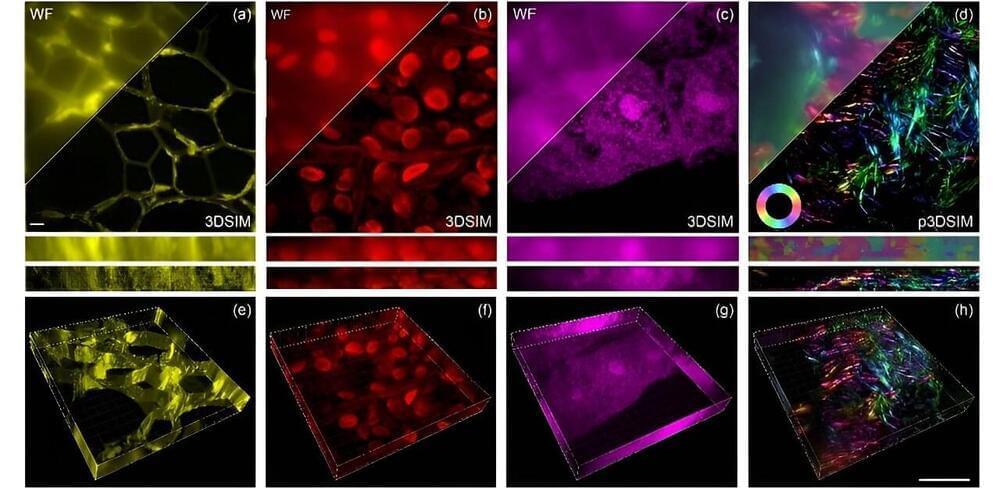
In the ever-evolving realm of microscopy, recent years have witnessed remarkable strides in both hardware and algorithms, propelling our ability to explore the infinitesimal wonders of life. However, the journey towards three-dimensional structured illumination microscopy (3DSIM) has been hampered by challenges arising from the speed and intricacy of polarization modulation.
Enter the high-speed modulation 3DSIM system “DMD-3DSIM,” combining digital display with super-resolution imaging, allowing scientists to see cellular structures in unprecedented detail.
As reported in Advanced Photonics Nexus, Professor Peng Xi’s team at Peking University developed this innovative setup around a digital micromirror device (DMD) and an electro-optic modulator (EOM). It tackles resolution challenges by significantly improving both lateral (side-to-side) and axial (top-to-bottom) resolution, for a 3D spatial resolution reportedly twice that achieved by traditional wide-field imaging techniques.


